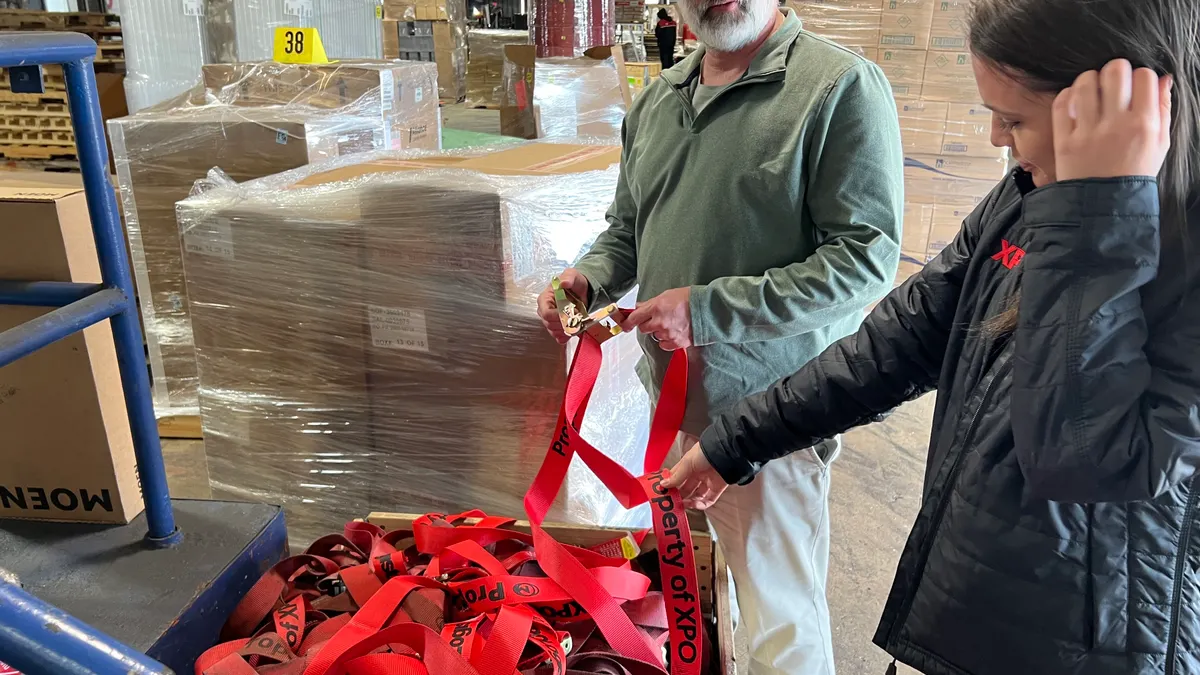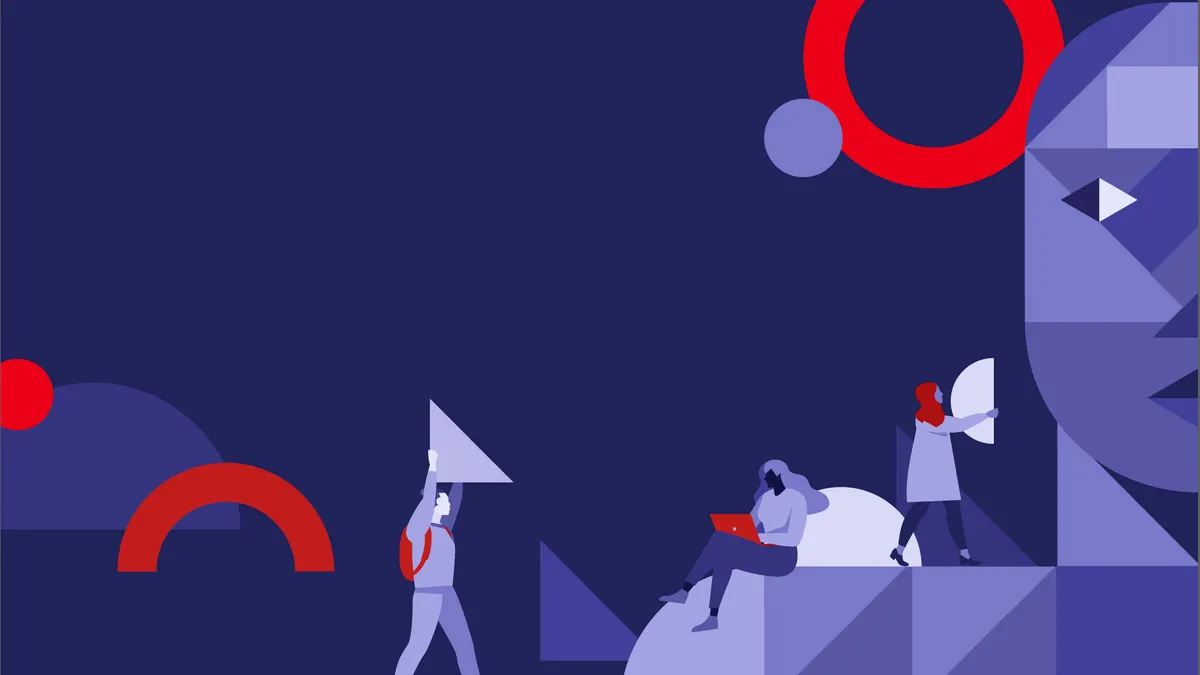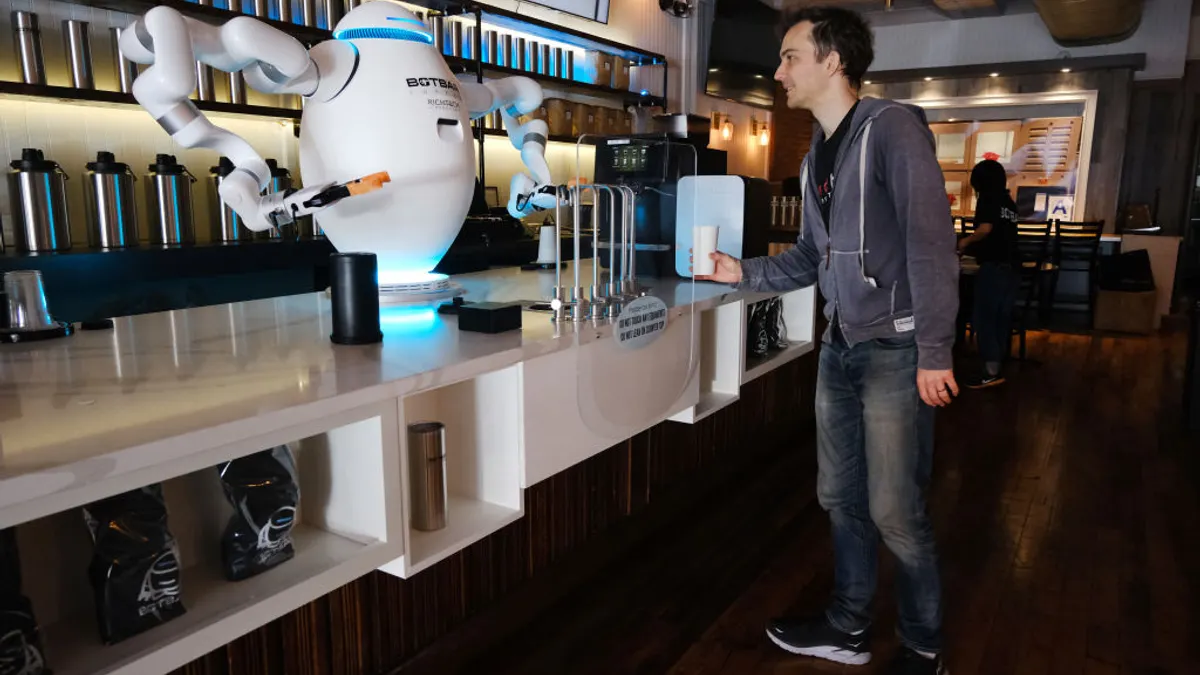Workplace productivity is stuck at an all-time low. It fell by 2.7% in the first quarter of 2023 compared to the same period last year, according to an EY-Parthenon analysis of U.S. Bureau of Labor Statistics data. It’s also the fifth consecutive quarter in which worker productivity has dropped, Gregory Daco, chief economist at EY-Parthenon, said in a tweet.
Daco previously told the Society for Human Resource Management that the U.S. has “seen ongoing sluggishness with economic output, all while experiencing a very strong labor market recovery.”
It may be tempting to lay the blame for this trend at the feet of remote work, but the picture is much more complicated; in surveys, employees have identified culprits for reduced productivity that range from “notification fatigue” to IT issues.
Despite the wide-ranging causes of productivity drain, HR managers can take a number of steps to help organizations address the issue.
Multi-factor uncertainty continues
While the COVID-19 pandemic was a major disruption to almost all aspects of life, it has not been the only disruption — and its effects have been long-lasting. “It felt like things were going to settle down, but there’s always something around the corner,” said Kaitlin Kincaid, senior managing director of Keller Augusta. The continuing waves of the pandemic, concerns about a recession, layoffs across industries and inflationary factors that are making things more expensive across the board have kept workers on edge.
A majority of employees, 66%, surveyed in Morgan Stanley’s 2023 State of the Workplace study said that financial stress affects their work and personal lives, while 83% of HR managers surveyed said they were concerned that employees’ financial issues could impact their productivity.
Workers are “exhausted,” said Jenny von Podewils, co-CEO at Leapsome. “All of that insecurity and change has cost a lot more focus.”
While workers continued to forge ahead during the pandemic, that doesn’t mean they did so in the same ways nor with similar results. That has led to learning and innovation backlogs, von Podewils said. It’s not unlike when a company builds up technical debt by writing code too fast without addressing gaps or errors, and instead tries to get work going no matter what, even if it leads to eventual drag on company systems.
“We weren’t really intentional in how we make learning and development happen in an asynchronous, remote work environment,” she said.
That has been especially detrimental to younger workers, who benefit most from in-person collaboration and “being exposed to certain behaviors and certain situations” that they can learn from, von Podewils added. “This is something that hasn’t happened as consistently over the course of the last few years.”
Bridging the productivity gap
To start, managers can empathize with what employees went through over the last three years, and what they still might be tackling in their personal and work lives.
“Meet people where they are,” said Kincaid. That means focusing on someone’s overall contribution and their overall being as a person. Doing so can help employees feel more engaged, which affects productivity — and can keep them on the team. “That’s something we’re hearing a lot from people lifting their heads up to consider another job. It’s so much more than the title and compensation,” she said.
Companies that maintain remote or hybrid work situations should lead the way in building environments that foster productivity — and avoid blaming workers if productivity drops. “If we look at the past half century, innovation has been a huge driver of workplace productivity,” said von Podewils, and if companies aren’t intentional about building work environments where that can still happen, those drivers will be lost.
Figuring out if something doesn’t work means consistently talking to employees, and surveying the organization, she added. That can lead to better understanding of workers’ mental health, engagement, psychological safety and how they feel about things like career opportunities and learning.
That might open the door to experimenting with strategies like peer mentorships and mentoring programs as a way to bridge the gap. “It’s a good way to see some of the challenges but also see the possible impact of initiatives you take,” von Podewils said.





















